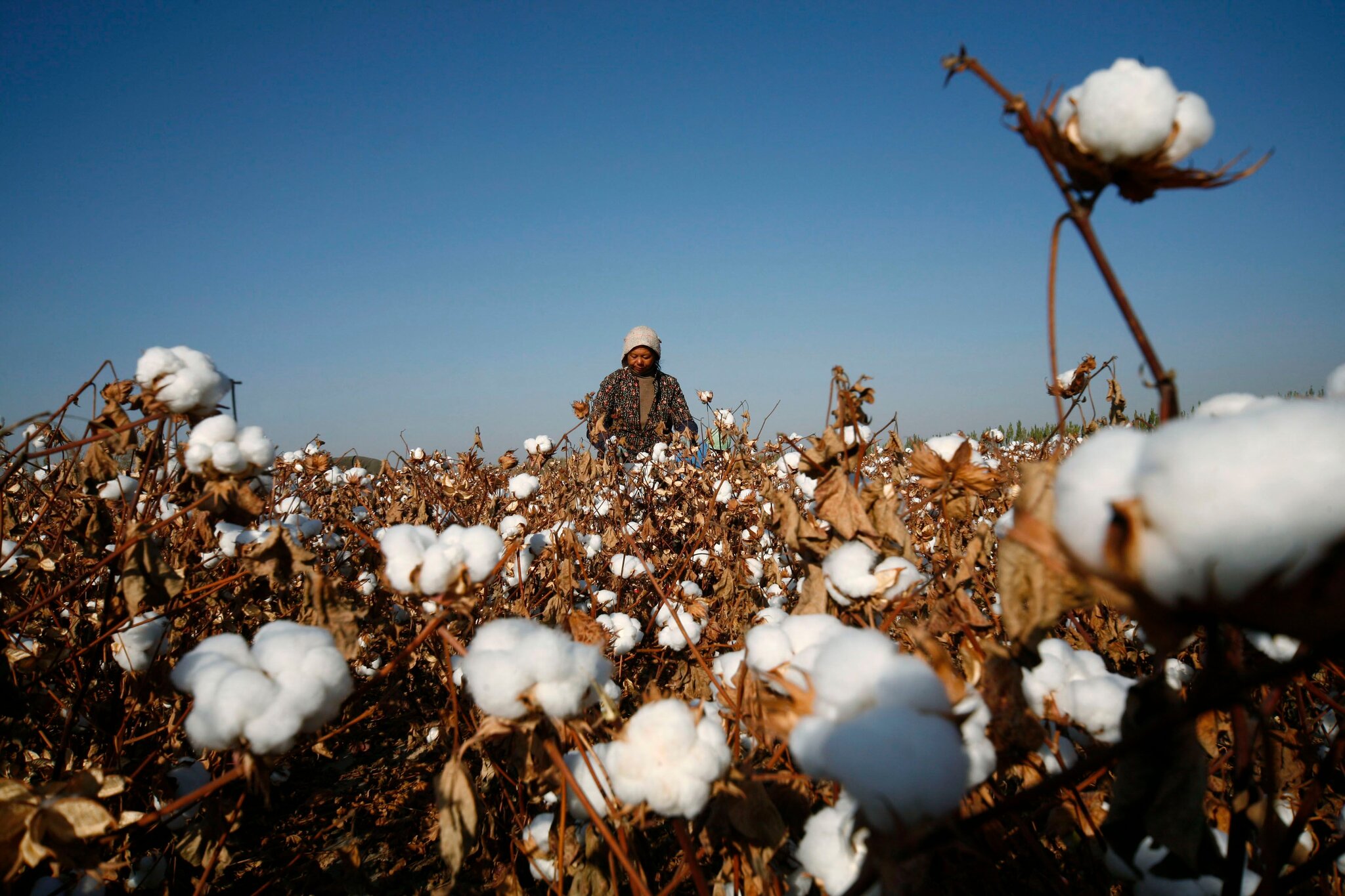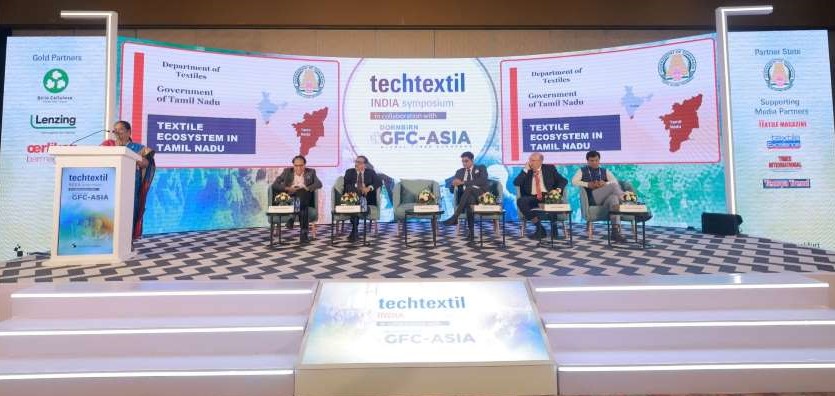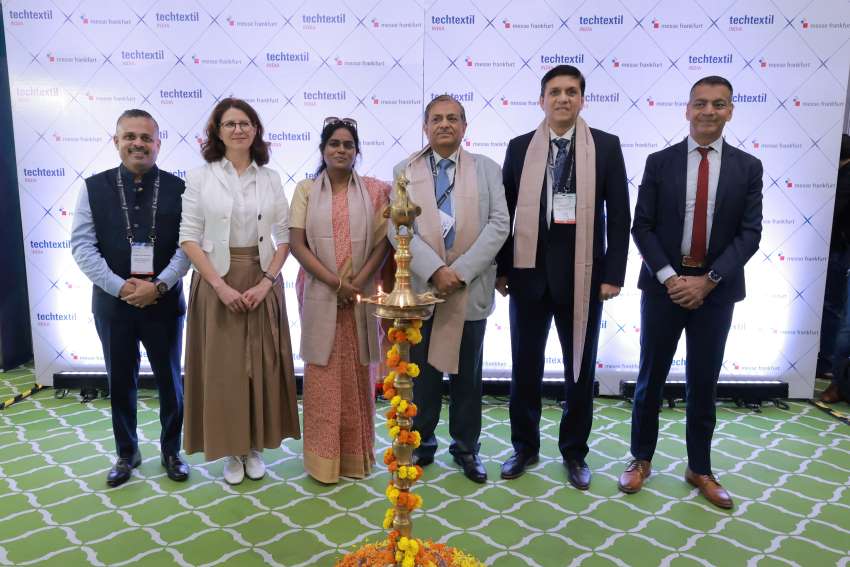In 2017, Pakistan’s share in world exports of garments was a meager 1.10 per cent.
The primary reason for this poor performance is the narrow export base, which is tilted towards low value-added unsophisticated items. The top six products exported by Pakistan account for 52 per cent of Pakistan’s exports, but only 20 per cent of total world garment exports.
World demand has been shifting to manmade fiber, which Pakistan has been unable to exploit. In addition, Pakistan’s garment exports are not well diversified in terms of destinations. Almost 88 per cent of the country’s garment exports are destined for the European Union and the United States.
Pakistan faces higher production costs and lower productivity compared to its peers. High production costs are in the form of import duty on cotton and manmade fibers, high energy tariffs and minimum wage. This has led to fierce competition with other low-wage competitors leading to small export orders for Pakistan.
Unfavorable tariffs restrict market access. Its currency in the recent past was overvalued with respect to the dollar, making exports less competitive against China, India, Bangladesh and Vietnam. Other impediments include poor access to credit, delay in the payment of tax refunds, low technological adoption, and time-consuming export procedures.
Narrow base hinders Pakistan exports
- 1
- 2
- 3
- 4
- 5
- 6
- 7
- 8
- 9
- 10
Cotton’s fragile comeback, how the US-China truce is redrawing global fiber map
When Presidents Donald Trump and Xi Jinping announced a fragile peace in Busan last week, most of the attention in... Read more
Viscose freed, industry revived as India’s raw material reforms trigger a new MM…
In a policy reversal that has given some relief across India’s textile ecosystem, the Ministry of Textiles has officially rescinded... Read more
Q3 Lyst Index reveals a turning point, Saint Laurent rises, Loewe slumps
In a fashion industry often driven by noise viral micro-trends, rapid-fire drops, and overstated marketing the third quarter of 2025... Read more
India Fashions a Greener Future: Global Fibre Summit spotlights $100 bn export g…
The world's largest fibre innovation congress, the Dornbirn Global Fibre Conference (GFC) Asia, made a landmark debut in Mumbai this... Read more
Techtextil India 2025: Mumbai kicks off 10th edition, focussing on sustainable a…
The premier trade fair for technical textiles, non-wovens, and composites, Techtextil India 2025, commenced today, November 19, 2025, at the... Read more
Fashion’s Next Playbook: Leaders at WWD summit push for radical transformation
On October 29 and 30, the marble halls of Cipriani South Street became the nerve center of a global fashion... Read more
Tariff turbulence spurs transformation in India’s textile value chain
When the US announced a sweeping 50 per cent tariff on Indian textile and apparel imports, the shockwaves reverberated across... Read more
A Punishing Paradox: Is Made in America unravelling the US textile industry?
The Make America Great Again (MAGA) is initiative aimed at breathing new life into US manufacturing, but its impact on... Read more
India's Textile Sector Sews Up Global Trade Alliances in Singapore: Focus on FTA…
The future of India’s textile and textile machinery sector is poised for exponential growth, driven by strategic international collaborations, notably... Read more
QCO rollback and export boost, the two-step formula powering India’s textile com…
November 12, 2025, could go down as a watershed date in India’s textile history. In a single day, the government... Read more












